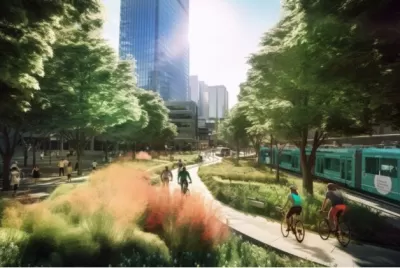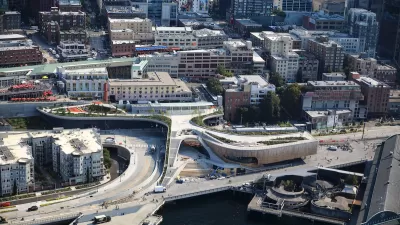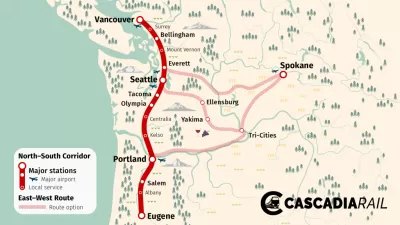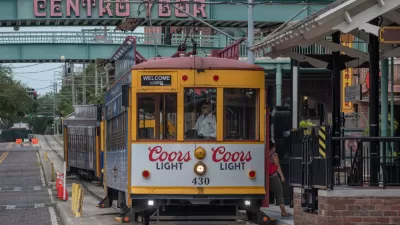The draft Seattle Transportation Plan proposes an ambitious agenda for the next 20 years of transportation planning in the city of Seattle.

The Seattle Department of Transportation (SDOT) published a draft of the new Seattle Transportation Plan (STP), culminating a year and a half of planning and public engagement.
A blog post by Katie Olsen, written for SDOT, announces the draft and asks for public input. SDOT has created a Seattle Transportation Plan Online Engagement Hub to help facilitate the learning and engagement process.
Ryan Packer also writes an article for The Urbanist providing insight into the STP in context of other recent plans, as well as transportation planning efforts reaching into the more distant past. According to Packer, today’s residents echo some of their forebears, as expressed in the words of a report by the 2000 Seattle Commission, published in 1973:
“Individual motor vehicles, in their consumption of land and energy resources, imposition of visual blight and physically dividing barriers, creation of vehicular congestion, noise, air pollution and more tangible hazards to life and safety, are the most disruptive present means of transportation in the city,” that final report stated.
So, for example, “Making space for pedestrians on the city’s streets was the number one most responded-to option when participants were asked which specific actions they’d support, while readying the city’s streets for ‘emerging technologies,’ like autonomous vehicles, ranked last,” writes Packer.
According to Packer’s assessment of the plan, all the good intentions and grand ambitions contained in the draft will only go so far as the implementation of the plan allows. “For example, the ambitious 2015 Move Seattle Levy set up a transformative plan that matches the ambitions of Seattleites only to be undercut with delays and a stubborn political reality that could set things back even further,” writes packer.
More details about what’s in the draft STP are included at the source article below.
FULL STORY: Seattle Transportation Plan Shows an Ambitious Vision, But the Hard Part Comes Next

Alabama: Trump Terminates Settlements for Black Communities Harmed By Raw Sewage
Trump deemed the landmark civil rights agreement “illegal DEI and environmental justice policy.”

Study: Maui’s Plan to Convert Vacation Rentals to Long-Term Housing Could Cause Nearly $1 Billion Economic Loss
The plan would reduce visitor accommodation by 25% resulting in 1,900 jobs lost.

Planetizen Federal Action Tracker
A weekly monitor of how Trump’s orders and actions are impacting planners and planning in America.

Study Links Covid and Poor Driving
The effects of the virus, including ‘brain fog,’ can make driving more difficult and dangerous.

Waymo Gets Permission to Map SF’s Market Street
If allowed to operate on the traffic-restricted street, Waymo’s autonomous taxis would have a leg up over ride-hailing competitors — and counter the city’s efforts to grow bike and pedestrian on the thoroughfare.

Parklet Symposium Highlights the Success of Shared Spaces
Parklets got a boost during the Covid-19 pandemic, when the concept was translated to outdoor dining programs that offered restaurants a lifeline during the shutdown.
Urban Design for Planners 1: Software Tools
This six-course series explores essential urban design concepts using open source software and equips planners with the tools they need to participate fully in the urban design process.
Planning for Universal Design
Learn the tools for implementing Universal Design in planning regulations.
Caltrans
Smith Gee Studio
Institute for Housing and Urban Development Studies (IHS)
City of Grandview
Harvard GSD Executive Education
Toledo-Lucas County Plan Commissions
Salt Lake City
NYU Wagner Graduate School of Public Service





























